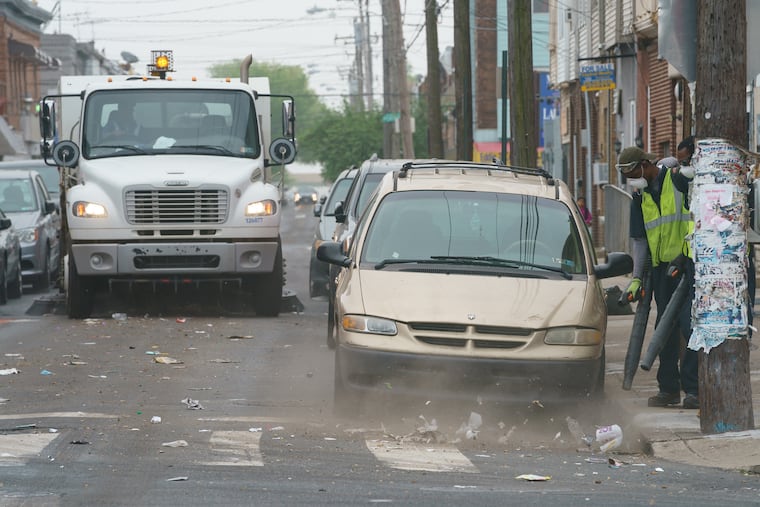Of course Philly’s street-sweeping trucks don’t fit down our streets. The city must show they can fix it. | Mike Newall
Perhaps someone should have pulled out a measuring tape before we pressed “order” on the trash tanks.

Perhaps someone should have pulled out a measuring tape before we pressed “order” on the trash tanks.
